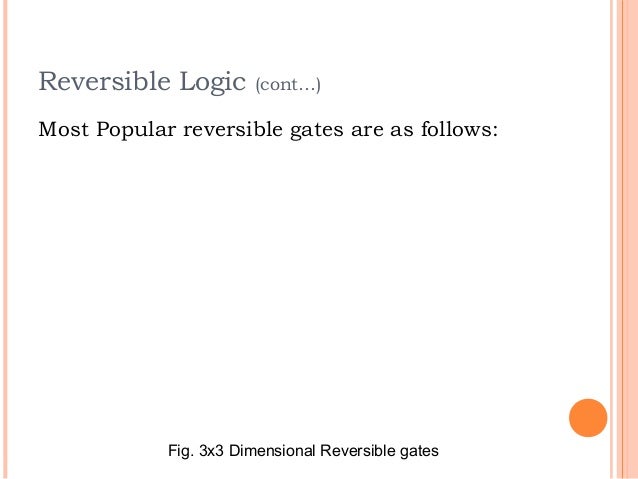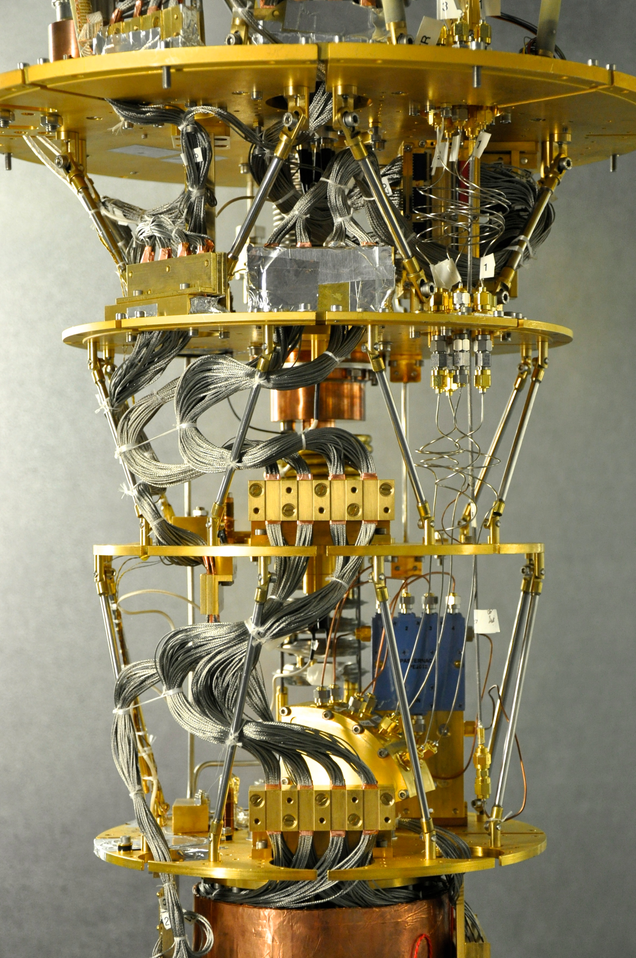

A big barrier to improving R&D efficiency is that molecules undergo quantum phenomena that cannot be modeled by classical computers. Pre-clinical research selects only about 0.1% of small molecules for clinical trials, and only about 10% of clinical trials result in a successful product. The average cost to develop a new drug is about $2.4 billion. (See Exhibit 2.) Consider the potential in pharmaceutical R&D.

These computational problems could unlock use cases in multiple industries, from finance to pharmaceuticals and automotive to aerospace.
Cryptography: Breaking traditional encryption and enabling stronger encryption standards, as we detailed in a recent report. This could accelerate the development of artificial intelligence (for autonomous vehicles, for example) and the prevention of fraud and money-laundering. Machine learning (ML): Identifying patterns in data to train ML algorithms. This could apply to route logistics and portfolio risk management. Optimization: Using quantum algorithms to identify the best solution among a set of feasible options. This has major potential in drug discovery, battery design, fluid dynamics, and derivative and option pricing. Simulation: Simulating processes that occur in nature and are difficult or impossible to characterize and understand with classical computers today. There is no consensus on the exhaustive set of problems that quantum computers will be able to tackle, but research is concentrated on the following types of computational problems: The sum of these developments is that quantum computing is quickly becoming real for potential users, and investors of all types recognize this fact. Businesses have responded to the initial wave of enthusiasm by defining practical use cases for quantum computers to tackle as they mature. The third factor is use-case development. In the past two years, nearly every major quantum computing technology provider has released a roadmap setting out the critical milestones along the path to quantum advantage over the next decade. The second factor is increasing timeline clarity. 1 Notes: 1 Though there are no hard-and-fast rules about what the terms mean, “quantum supremacy” generally refers to a quantum computer outperforming a classical computer on a defined mathematical problem, while “quantum advantage” is a quantum computer outperforming a classical computer on a problem of practical commercial value. 

Since we released our last report on the market outlook for quantum computing in May 2019, there have been two highly publicized demonstrations of “quantum supremacy”-one by Google in October 2019 and another by a group at the University of Science and Technology of China in December 2020. Three factors are driving the rising interest. While only 1% of companies actively budgeted for quantum computing in 2018, 20% are expected to do so by 2023, according to Gartner. Potential corporate users are also gearing up. Innovation and Competition Act, which enjoys broad bipartisan support in both houses of the US Congress, designates quantum information science and technology as one of ten key focus areas for the National Science Foundation. Cleveland Clinic, University of Illinois Urbana-Champaign and the Hartree Centre have each entered into “discovery acceleration” partnerships with IBM-anchored by quantum computing-that have attracted $1 billion in investment. Governments and research centers are ramping up investment as well.
QUANTUM CALCULATOR HOW TO
How to by BCG: Turn Insights into Action.Technology, Media, and Telecommunications.








 0 kommentar(er)
0 kommentar(er)
